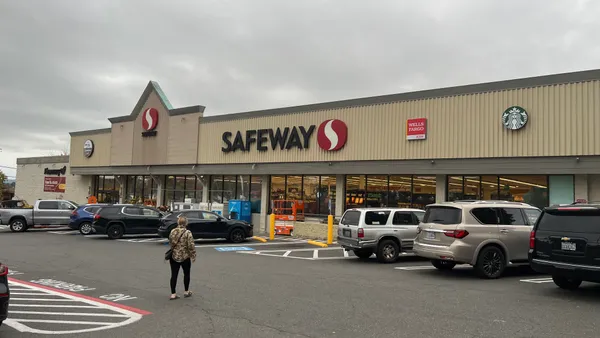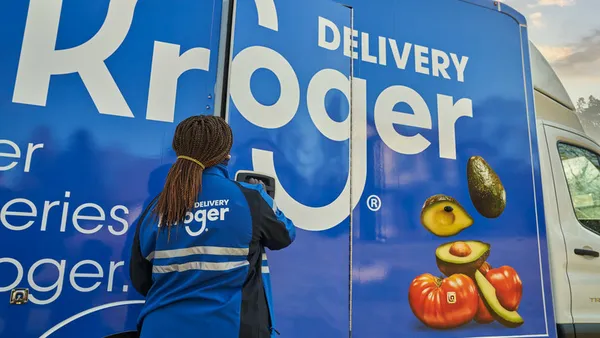Dive Brief:
- Instacart announced Thursday it plans to give out bonuses ranging from $50 to $500 to in-store and full-service shoppers, along with shift leads.
- Active shoppers who worked during the year will be eligible for the bonus, which will be calculated based on the number of batches shopped for full-service shoppers this year or, for in-store shoppers, the number of hours worked over the last month.
- The latest announcement adds Instacart to a growing list of retailers and Target’s Shipt delivery service that are giving employees a financial boost this holiday season.
Dive Insight:
Instacart’s bonus range is similar to the cash bonus of between $50 and $300 Shipt gave workers around Thanksgiving. Shipt, however, determined the amount of each bonus based on the worker’s number of completed shopping trips and the market they serve, while Instacart is basing it off of either total hours worked for the last month or shopping batches done this year.
In a blog post, Instacart tied the bonus to the “challenges” of this year, which continue with the novel coronavirus pandemic's public health and economic crises across the U.S.
The company hired thousands of workers in the spring to keep up with the pandemic-fueled e-commerce boom. After facing backlash in March from workers over safety measures, Instacart enhanced its worker benefits package, added a bonus system for in-store shoppers and handed out safety kits. This year, Instacart also started offering access to free telemedicine and daily in-app wellness checks, along with creating new health guidelines, according to its blog post.
Unsurprisingly, Instacart said that 2020 “has been the busiest” year in the company’s history. The demand for online grocery shopping helped more than double Instacart’s valuation from about $7.9 billion at the start of the year to $17.7 billion in October.
Instacart shows no signs of slowing its growth. The e-commerce service is reportedly eyeing an initial public offering valued at $30 billion for early next year. Still, questions remain going into 2021 about how grocers that originally flocked to the e-commerce platform during the pandemic will decide to manage delivery going forward.











